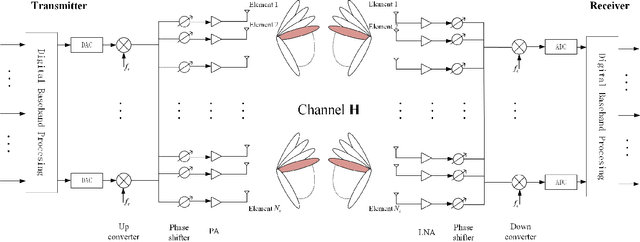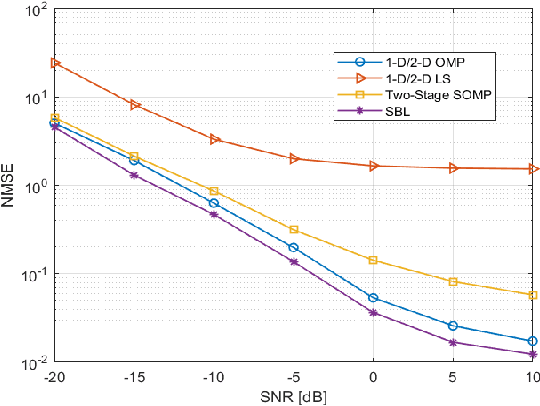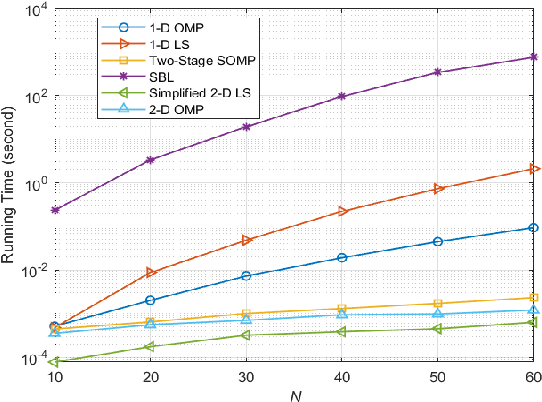Dongli Wang
Few to Big: Prototype Expansion Network via Diffusion Learner for Point Cloud Few-shot Semantic Segmentation
Sep 16, 2025Abstract:Few-shot 3D point cloud semantic segmentation aims to segment novel categories using a minimal number of annotated support samples. While existing prototype-based methods have shown promise, they are constrained by two critical challenges: (1) Intra-class Diversity, where a prototype's limited representational capacity fails to cover a class's full variations, and (2) Inter-set Inconsistency, where prototypes derived from the support set are misaligned with the query feature space. Motivated by the powerful generative capability of diffusion model, we re-purpose its pre-trained conditional encoder to provide a novel source of generalizable features for expanding the prototype's representational range. Under this setup, we introduce the Prototype Expansion Network (PENet), a framework that constructs big-capacity prototypes from two complementary feature sources. PENet employs a dual-stream learner architecture: it retains a conventional fully supervised Intrinsic Learner (IL) to distill representative features, while introducing a novel Diffusion Learner (DL) to provide rich generalizable features. The resulting dual prototypes are then processed by a Prototype Assimilation Module (PAM), which adopts a novel push-pull cross-guidance attention block to iteratively align the prototypes with the query space. Furthermore, a Prototype Calibration Mechanism (PCM) regularizes the final big capacity prototype to prevent semantic drift. Extensive experiments on the S3DIS and ScanNet datasets demonstrate that PENet significantly outperforms state-of-the-art methods across various few-shot settings.
Fast Compressive Channel Estimation for MmWave MIMO Hybrid Beamforming Systems
Jul 28, 2022


Abstract:Given the high degree of computational complexity of the channel estimation technique based on the conventional one-dimensional (1-D) compressive sensing (CS) framework employed in the hybrid beamforming architecture, this study proposes two low-complexity channel estimation strategies. One is two-stage CS, which exploits row-group sparsity to estimate angle-of-arrival (AoA) first and uses the conventional 1-D CS method to obtain angle-of-departure (AoD). The other is two-dimensional (2-D) CS, which utilizes a 2-D dictionary to reconstruct the 2-D sparse signal. To conduct a meaningful comparison of the three CS frameworks, i.e., 1-D, two-stage and 2-D CS, the orthogonal match pursuit (OMP) algorithm is employed as the basic algorithm and is expanded to two variants for the proposed frameworks. Analysis and simulations demonstrate that when the 1-D CS method is compared, two-stage CS has somewhat lower performance but significantly lower computational complexity, while 2-D CS is not only the same as 1-D CS in terms of performance but also slightly lower in computational complexity than two-stage CS.
 Add to Chrome
Add to Chrome Add to Firefox
Add to Firefox Add to Edge
Add to Edge